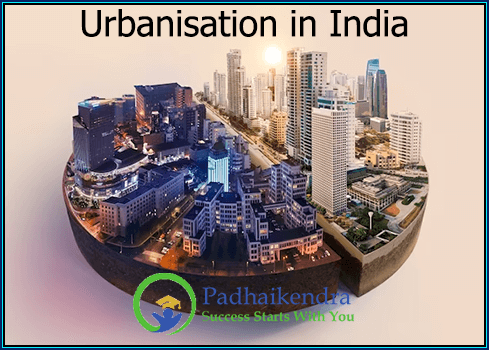Urbanisation in India refers to the process of increasing urbanisation, or the growth of cities and towns, in India. Over the past several decades, India has experienced rapid urbanisation as a result of a combination of factors, including population growth, economic development, and migration from rural to urban areas.
As of 2021, India is home to several large urban centers, including Mumbai, Delhi, Bangalore, Kolkata, and Chennai, as well as many smaller cities and towns. The urban population in India has grown significantly in recent years, from 286 million in 2001 to 377 million in 2011, and is expected to continue to grow in the coming years.
Urbanization in India has had both positive and negative impacts. On the positive side, cities and towns have become centers of economic activity and innovation, driving growth and development in many sectors. They have also provided opportunities for education, healthcare, and other services that may not be available in rural areas.
On the negative side, rapid urbanization has led to a range of social and environmental challenges, including poverty, unemployment, and pollution. Many urban areas in India suffer from inadequate infrastructure, including housing, sanitation, and transportation, which can lead to a range of health and safety issues.
In recent years, the Indian government has launched a range of initiatives aimed at promoting sustainable urbanization, including the Smart Cities Mission, which aims to promote the development of sustainable and livable cities across the country. However, much work remains to be done to address the complex challenges associated with urbanization in India and to ensure that cities and towns are able to provide a high quality of life for all of their residents.





